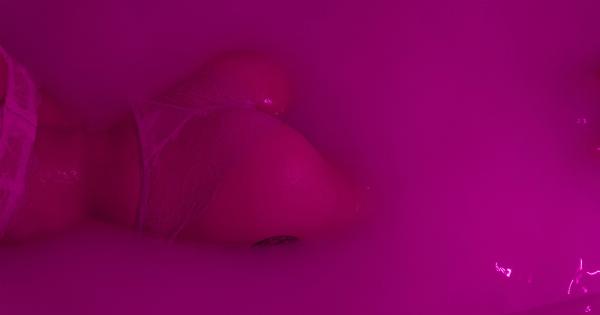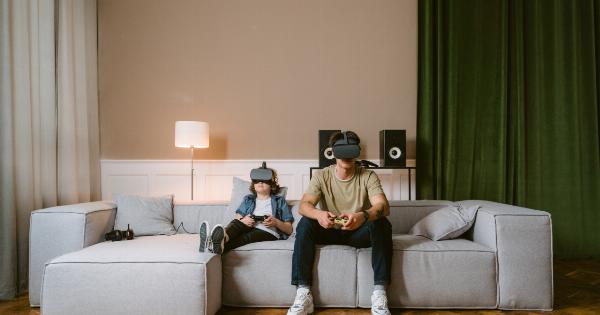Light is an integral part of our daily lives, and its impact goes beyond just illuminating our surroundings. Research and studies have shown that light has a profound influence on our mood, behavior, and decision-making abilities.
In this article, we delve into the insights shared by experts in the field, shedding light on how light affects our decisions.
1. The Psychological Impact of Light
Experts argue that light not only affects our visual perception but also has a significant psychological impact. Different colors of light can evoke specific emotional responses, influencing our decision-making process.
For instance, warm tones like red and orange are associated with feelings of energy and excitement, whereas cool tones like blue and green tend to create a calming and soothing effect.
2. Lighting and Productivity
Several studies have suggested a strong correlation between lighting conditions and productivity levels. Harsh and inadequate lighting can lead to eye strain, fatigue, and reduced focus, impairing our ability to make informed decisions.
On the other hand, well-lit environments with optimal brightness levels have been proven to enhance cognitive performance and concentration, enabling us to make better choices.
3. The Influence of Light on Consumer Behavior
When it comes to consumer behavior, lighting in retail spaces plays a crucial role. Experts argue that the right lighting design can significantly impact customer perceptions and purchasing decisions.
Warm, inviting lighting is often used in luxury stores to create a sense of exclusivity and encourage customers to spend more time and money. Similarly, brightly lit areas in supermarkets can enhance product visibility and attract shoppers’ attention to specific items.
4. Lighting and Restaurant Experiences
The ambiance of a restaurant, including its lighting, plays a vital role in shaping customers’ dining experiences.
Research suggests that dimmed lighting can create an intimate atmosphere, prolonging meal durations and encouraging customers to order more food and drinks. Brighter lighting, on the other hand, can expedite turnover rates, making establishments more suitable for quick dining experiences.
5. Light and Decision-Making under Time Pressure
Have you ever noticed how decision-making can be affected by different lighting conditions when time is of the essence? Experts suggest that dim lighting, reminiscent of evening or nighttime environments, can induce a sense of relaxation and reduce time pressure. On the other hand, bright lighting often instills a feeling of urgency and prompt decision-making. Understanding these effects can be beneficial in various domains, such as negotiations or time-sensitive tasks.
6. The Impact of Light Intensity
Light intensity, measured in lux, can significantly influence our cognitive processes and decision-making abilities. When the lighting is too bright, it can overload our senses and create distractions, leading to poorer decision outcomes.
Conversely, insufficient lighting hampers our ability to analyze information and make sound judgments. Striking the right balance is crucial to optimize decision-making processes.
7. The Role of Natural Light
Natural light has been proven to have numerous benefits, including its positive impact on decision-making. Studies suggest that exposure to natural light enhances creativity, cognitive performance, and overall well-being.
Incorporating natural light into workspaces and educational institutions can lead to improved decision-making abilities and higher productivity levels.
8. Light and Sleep Patterns
The relationship between light and our sleep patterns is well-documented. Exposure to bright or blue-enriched light in the evening can disrupt our circadian rhythm, affecting the quality and quantity of our sleep.
Sleep deprivation, in turn, impairs our cognitive functions, including decision-making. To optimize our decision-making abilities, experts recommend minimizing exposure to bright lights before bedtime.
9. Lighting Design in Educational Settings
Lighting design significantly influences the learning atmosphere in educational settings. Studies have found that well-lit classrooms enhance students’ focus, mood, and academic performance.
Effective use of light can improve concentration levels, aid information processing, and positively influence students’ decision-making skills.
10. Light and Emotional Well-being
Finally, light plays a crucial role in regulating our emotional well-being, which, in turn, affects decision-making.
Exposure to natural light triggers the release of serotonin, the hormone responsible for elevating mood and promoting a sense of well-being. Insufficient exposure to light, on the other hand, can contribute to mood disorders, such as depression and seasonal affective disorder (SAD), impacting decision-making abilities and overall quality of life.






























